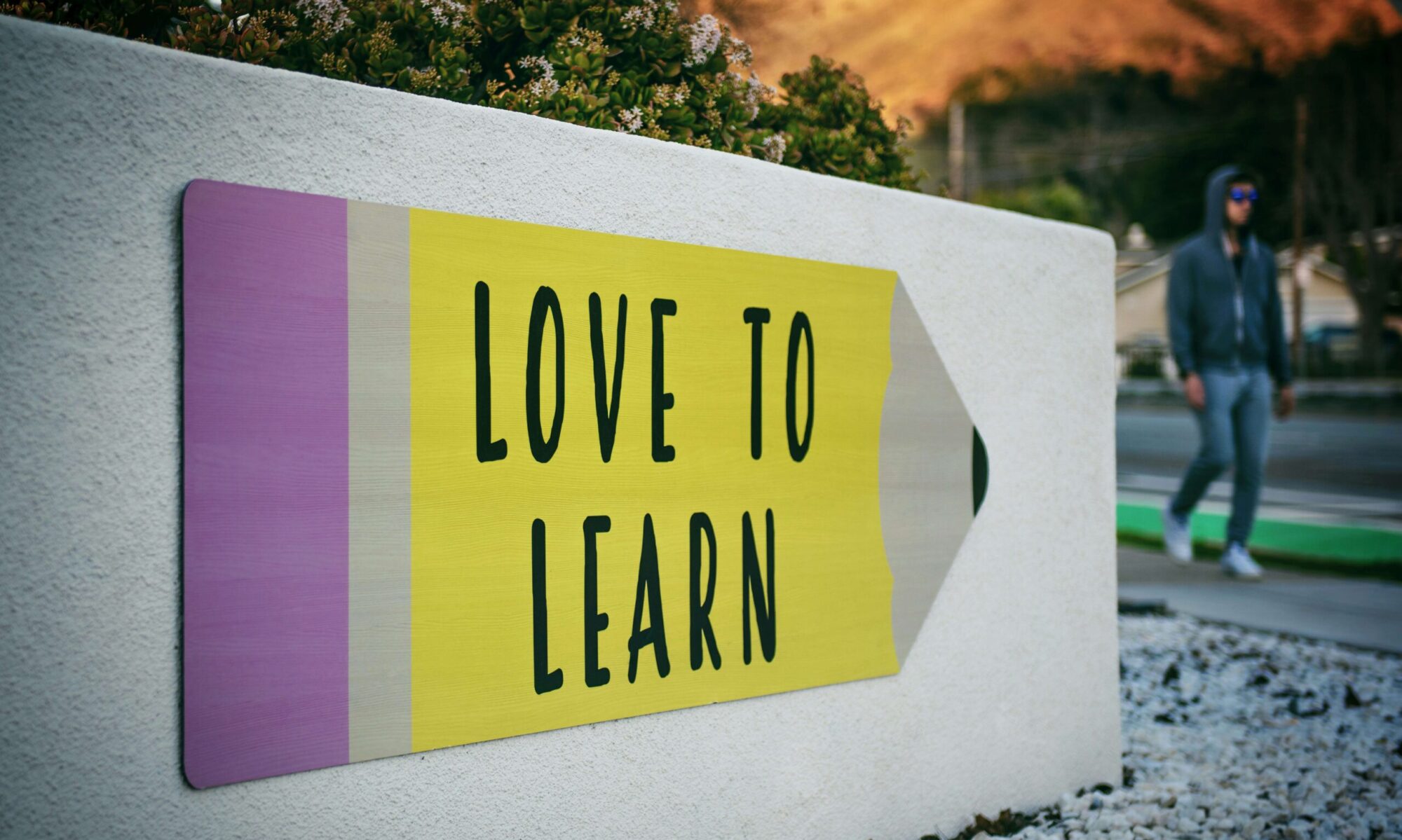My current Digital Toolkit
As a Revenue Manager for a private hotel chain in Lapland, my role includes a variety of functions such as room pricing, channel management, technical issue resolution, and the digital development of these areas. Using several digital tools is essential to ensure efficiency and accuracy in my work.
Property Management System: The backbone of our operations is the Property Management System. This system integrates various aspects of hotel management, from reservations to guest check-ins and check-outs, providing a seamless experience for both staff and guests.
Channel Manager: To optimize our online sales and distribution channels, I use a Channel Manager. This tool distributes our room rates across various Online Travel Agents. It also involves updating the OTAs’ Partner Centrals to ensure that rates are accurately mapped, and channel content is correct. This synchronization is crucial for maintaining rate parity and maximizing our online visibility.
Revenue Tool: Pricing strategies for our seven properties are implemented using a Revenue Tool. This AI-powered tool aggregates vast amounts of data from multiple sources, which previously had to be collected manually. The implementation of this tool has significantly enhanced the effectiveness and competitiveness of our pricing strategies, allowing us to respond swiftly to market changes.
Our primary tool for internal communication and collaboration is Microsoft Teams. Within our organization, Teams serve as the central hub for all work-related activities and communication. I use Teams to manage tasks, share information, and collaborate with team members. This ensures that everyone has equal access to information and the ability to modify content as needed, fostering a transparent and collaborative work environment.
In addition to the core systems, we utilize various phone applications and a browser-based shift planning tool to manage work shifts efficiently. These tools ensure that staff scheduling is optimized and easily accessible.
Given the digital nature of my work, I am highly dependent on these tools. An internet outage would severely impact on my ability to perform daily tasks, underscoring the importance of reliable internet connectivity for our operations. My digital toolkit is indispensable to managing the complexities of revenue management in the hospitality industry. By using these tools, I can ensure that our hotel chain operates efficiently, remains competitive, and strives for the best result.
Additional Digital Tools in My Daily Work as a Revenue Manager
The digital age offers a lot of different tools that help streamline my daily tasks and make my workload more manageable. Here’s how I could incorporate ChatGPT, LinkedIn, Skype, YouTube, and WhatsApp into my routine and a reflection on the benefits and challenges of using these tools.
ChatGPT could become part of my workflow. When I’m would be pressed for time and need to draft revenue reports or analyze data, ChatGPT could come be helpful. It could help me process information quickly, offering analyses that could save me hours. Additionally, it’s a fantastic brainstorming partner. It could help also when I would need fresh ideas for marketing campaigns or customer communication, I could turn to ChatGPT.
Despite all the great advantages AI tools could bring to me, I’m very hesitant to use OpenAI with company information. As tempting as the use would be, for now I’m waiting for our company to invest in internal AI tools like Microsoft Copilot to ensure safe AI usage.
LinkedIn could be my gateway to the industry, if I would use it actively. It’s where I connect with professionals, stay updated on the latest trends, and even recruit new talent for our hotel chain. I could frequently post about our hotel’s achievements and promotions, which would help in maintaining a strong brand presence for our company and myself. This networking platform could open doors to partnerships and collaborations that could be beneficial for professional growth.
On the flip side, maintaining an active presence on LinkedIn could be quite time-consuming. It would be easy to get lost in a sea of content, some of which may not be directly relevant to my work. Nevertheless, I think the benefits would outweigh the drawbacks, as the connections and knowledge gained are invaluable.
If our company wouldn’t be using Teams actively, Skype could be essential for my role, especially when coordinating with staff across different locations. Virtual meetings have become a norm, and Skype ensures that communication is clear and timely. Whether it’s discussing revenue strategies with the management team or resolving issues with the front desk staff, Skype makes it all possible without the need for physical presence. And as said Teams is already doing this in our company.
YouTube could be my go-to resource for learning, if I would remember more often how much content it has. From tutorials on revenue management software to marketing strategies, it’s a treasure trove of information. Watching videos helps me understand complex concepts quickly, and I often find practical tips that I can implement immediately. I use it especially for Excel problem solving. The downside is the potential for distraction. With so much content available, it’s easy to stray into unrelated videos. Also, not all content is reliable, so it’s important to discern credible sources from the rest.
WhatsApp would be perfect for quick, informal communication with my team. We could use it to share updates, send reminders, and coordinate daily operations. Its group chat feature ensures that everyone stays informed and connected. The immediacy of WhatsApp makes it incredibly efficient for handling urgent matters. But on the other hand also Teams, which our team is already using, has chat functionalities. And sometimes the constant stream of messages from multiple channels can sometimes be overwhelming. It’s important to manage notifications to avoid message overload, which can lead to stress. Privacy concerns also linger, although the platform’s encryption provides a level of security.
Using social media tools like LinkedIn and YouTube in the workplace has its pros and cons. On the positive side, these platforms enhance connectivity and collaboration, provide access to valuable resources, and help maintain a strong online presence. They offer opportunities for professional growth and keep me informed about industry trends.
On the downside, social media can be a significant distraction. It requires discipline to stay focused on relevant content and not get sidetracked by non-work-related posts. There are also privacy and security concerns, especially with sensitive information being shared online. Balancing the benefits with these challenges is key to effective use of social media in a professional setting.
Successful use of digital applications hinges on purposeful and disciplined use. Each tool should be employed for its intended purpose, maximizing efficiency and minimizing distractions. Time management is crucial—allocating specific times for using these tools helps avoid getting sidetracked. Security awareness is also vital, ensuring that all digital interactions are secure and private. Continuous learning about the latest features and best practices for each tool enhances their effectiveness. Also, creating a feedback loop and regularly seeking input from colleagues can help improve how these tools are used.
Incorporating digital tools into my daily routine as a university student and revenue manager has significantly enhanced my productivity and effectiveness. By understanding the strengths and weaknesses of each tool, I can utilize them optimally to balance my professional responsibilities and academic pursuits. As technology continues to evolve, staying adaptable and informed will be key to leveraging these tools for sustained success.
Self-evaluation:
The e-Platforms topic made me realize how many different tools I already use in my daily work. It also made me understand that the digital toolkit is vast and constantly evolving. I shouldn’t just settle for the tools I’m currently using; I need to keep an open mind and stay aware of existing and new tools.

